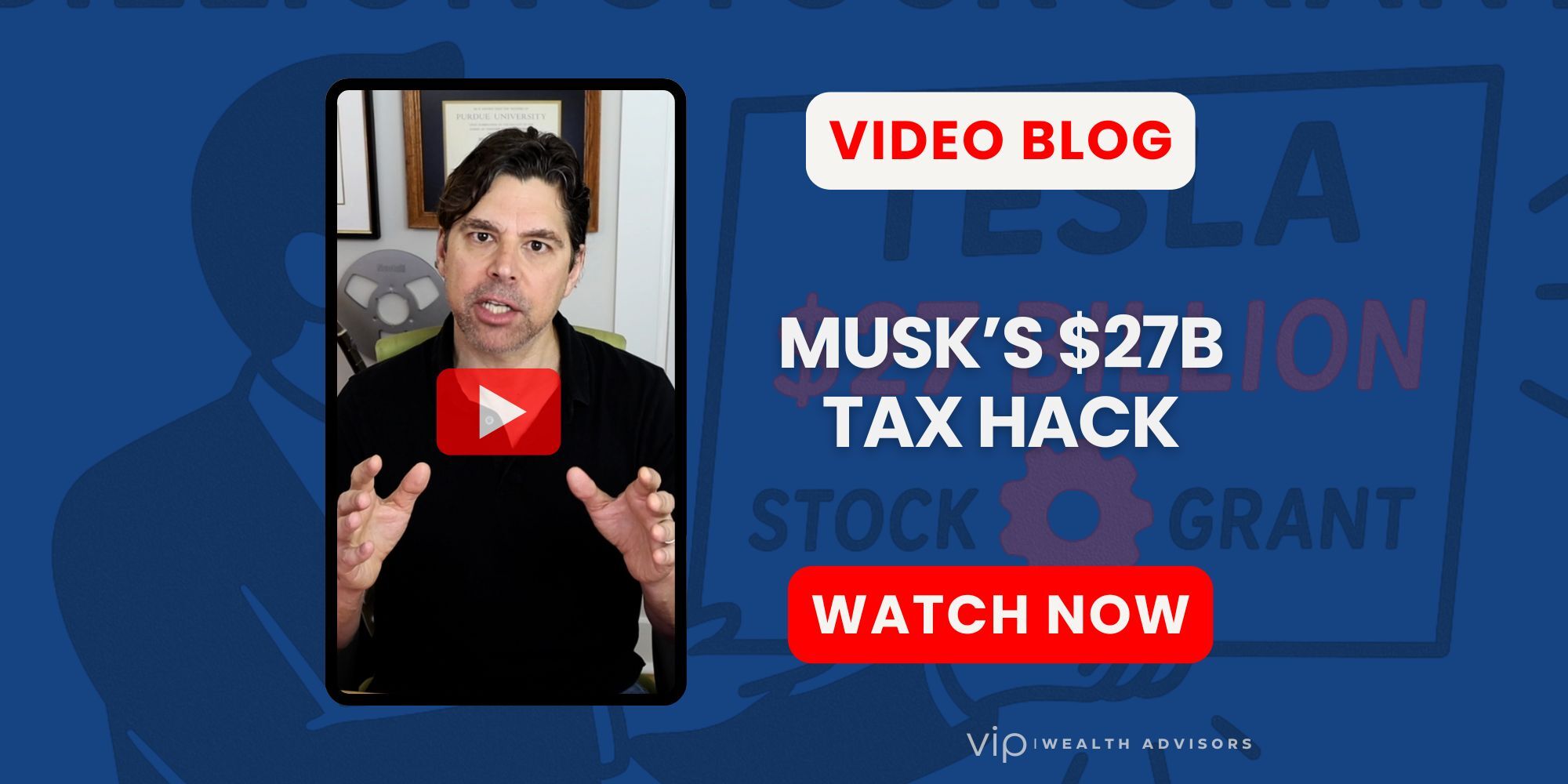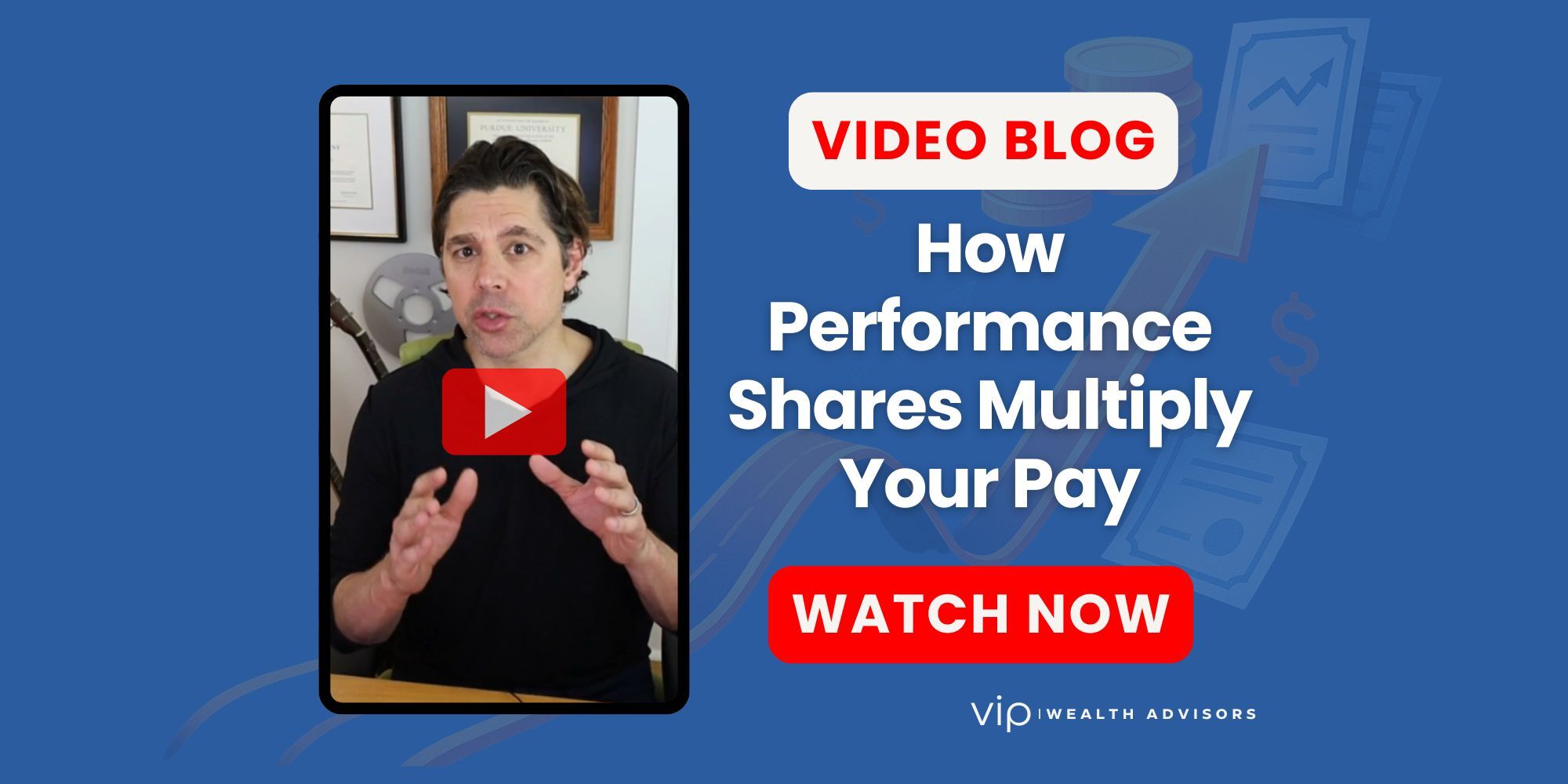In mid-2025, Tesla granted CEO Elon Musk a staggering 96 million shares tied to an effective exercise price of $23.34/share, the same as his voided 2018 award. At Tesla's trading price of around $300/share, the total equity value could exceed $27 billion. But beneath the headline lies a vastly sophisticated design:
- It's not an ISO (Incentive Stock Option)
- It's not a traditional NSO (Non-Qualified Stock Option)
- It's a performance-based restricted stock award with a purchase requirement
Let's unpack how this hybrid works, what it means for Musk and Tesla tax-wise, and what lessons founders and executives can take home.
1. What is This Award, Really?
Not an ISO (Incentive Stock Option)
ISOs must have an exercise price at or above FMV on the grant date (IRC §422(b)(4)). With Tesla stock presently valued at around $300, a $23.34 price is far too low to qualify. For a deeper primer on instruments, see our page on understanding ISOs, NSOs, and RSUs.
Not a "classic" NSO either
While NSOs allow any strike price, a strike below FMV on grant generally triggers IRS Section 409A implications, treating them as deferred compensation—leading to immediate tax, a 20% penalty, and interest.
Instead: A Hybrid Structure: Performance-Based RSUs with a Purchase Price
This award has several unique features:
- No ownership until vesting: Musk must remain in a key executive role through 2027.
- Must pay $23.34/share at vesting to receive the stock.
- Five-year holding requirement post-vesting, though he may sell shares to cover taxes and purchase costs at the moment of vesting.
This design lets Tesla avoid 409A penalties by treating it as an RSU with meaningful vesting and risk of forfeiture, and gives Musk option-like economics without the disallowed discount.
2. Why This Structure Matters: Key Tax and Governance Design
Section 409A Compliance
By classifying it as a restricted stock award, not an option with a discounted strike, Tesla avoids constructing deferred comp that violates 409A even though the "purchase price" is well under the current FMV. We outline the guardrails in our RSU Tax Strategy Guide.
Incentive and Retention Mechanism
The 5-year hold aligns Musk’s interests with long-term shareholders, but the sale exception offers needed liquidity for taxes.
"Softened" Dilution
Because Musk must buy at vesting, the structure mitigates immediate dilution. Plus, if the Delaware courts reinstate the 2018 award, this interim grant may be forfeited or offset, avoiding "double-dipping."
3. Numbers Matter: How Much Value, and How Much Tax?
What Musk Could Receive at Vesting
- Shares vested: 96 million
- FMV at vesting: assumed $300/share
- Gross value: 96M × $300 = $28.8 billion
- Purchase cost: 96M × $23.34 = $2.24 billion
- Ordinary income (FMV – purchase price): ~$26.56 billion
How Much Tax Might Musk Owe?
Given Musk's residency in Texas (0% state income tax), here's the breakdown:
| Tax Component | Rate (%) | Estimated Amount |
|---|---|---|
| Federal income tax (top bracket) | 37% | ~$9.83 billion |
| Medicare tax (1.45%) | 1.45% | ~$385 million |
| Additional Medicare surtax | 0.9% | ~$239 million |
| Total federal tax | ~39.35% | ~$10.45 billion |
| State income tax (TX) | 0% | $0 |
| Total estimated tax liability | — | ~$10.45 billion |
Had Musk stayed in California, he would additionally owe:
CA state tax (~13.3%) ⇒ ~$3.53 billion
So, purchasing Texas residency before vesting might have saved him over $3.5 billion in state taxes alone. For a deeper dive, see our page on state residency strategies.
Liquidity Planning at Vesting
Musk needs cash to cover the $2.24B purchase and $10.45B in taxes = $12.7 billion total. If shares trade at $300, he'd sell around ~42.3 million shares—leaving ~53.7 million shares locked up for five years. If you are approaching a large vesting or secondary, consider our checklist for planning before a major liquidity event.
4. Long-Term Strategy: Sale and Capital Gains Later
Assume Musk holds the remaining ~53.7 million shares for 5+ years and they appreciate to $500/share:
- Capital gain: $200/share × 53.7M ≈ $10.74 billion
- Long-term capital gains tax (20% + 3.8% NIIT = 23.8%): ~$2.56 billion
- Total taxes paid: $10.45B (ordinary) + $2.56B (capital gain) ≈ $13.01 billion, on a ~$26.56B gain. Still leaves Musk with substantial upside if price climbs further.
5. Key Takeaways for Executives & Founders
- Residency Matters Big-Time
Musk’s move to Texas underscores how state tax planning can supercharge equity outcomes. Timing that move around major liquidity events can yield massive tax savings. Start with advanced tax planning for high-income executives. - Know What You’re Holding
Not all equity that looks like an option is an option. Design matters, know what you’ve got: ISO? NSO? RSU? Hybrid equity? The tax, risk, and flexibility profiles vary dramatically. See our guide to understanding ISOs, NSOs, and RSUs. - Tax Burden at Vesting Matters
Designing for liquidity at vesting helps avoid “phantom tax” traps. Musk’s sell-to-cover provision is textbook planning. - 409A Can Make or Break Plans
Deep discounts to FMV at grant can cripple a plan with penalties unless properly structured. RSUs sidestep this, but options need careful valuation and documentation. Our equity compensation guidance covers the framework.
Strategic Equity Planning is Not One-Size-Fits-All
Elon Musk’s new Tesla grant is more than headline-making wealth; it’s a sophisticated study in compensation design, tax arbitrage, and legal architecture.
From a corporate standpoint, Tesla retained its CEO, limited dilution, and created a future tax shield. From Musk’s perspective, he secured massive wealth while optimizing taxes, securing liquidity, and reinforcing long-term alignment.
If you’re navigating complex equity comp in your own organization or personal plan, know this: every checkbox—residency, vehicle structure, vesting terms, liquidity triggers, and tax timing—can be tuned for dramatically different outcomes.
🔎 Executive Equity, Designed to Win After Taxes
Complex grants, hybrid equity, 409A risk, and residency timing—this is our wheelhouse. VIP Wealth Advisors builds integrated models so you can see cash needs at vesting, sell-to-cover impacts, and long-term after-tax outcomes before you sign.
Get a personalized analysis of your equity package and a plan to manage taxes, liquidity, and risk.
📅 Book Your VIP Planning CallView More Articles by Topic
- Taxes (76)
- Financial Planning (40)
- Equity Compensation (34)
- Investments (23)
- RSU (21)
- Tax Policy & Legislation (18)
- Business Owner Planning (15)
- Incentive Stock Options (14)
- Retirement (14)
- Psychology of Money (10)
- Alternative Investments (9)
- Real Estate (9)
- AMT (8)
- Pre-IPO Planning (8)
- Estate Planning (7)
- Fiduciary Standard (6)
- NSOs (6)
- The Boring Investment Strategy (6)
- Capital Gains Tax (5)
- Crypto (5)
- QSBS (5)
- Post-IPO Tax Strategy (4)
- 401(k) Strategy (3)
- Private Investments (3)
- Q&A (3)
- Charitable Giving (2)
- ETF Taxes (2)
- IRA Strategy (2)
- International Financial Strategies (2)
- Irrevocable Trust (2)
- Legacy Wealth (2)
- Market Insights (2)
- Market Timing (2)
- Stock Market (2)
- Venture Capital (2)
- Video (2)
- AUM vs Flat Fee (1)
- Altruist (1)
- Atlanta (1)
- Book Review (1)
- Depreciation & Deductions (1)
- Education Planning (1)
- Precious Metals (1)
- QTIP Trust (1)
- Revocable Trust (1)
- Schwab (1)
- Solo 401k (1)








